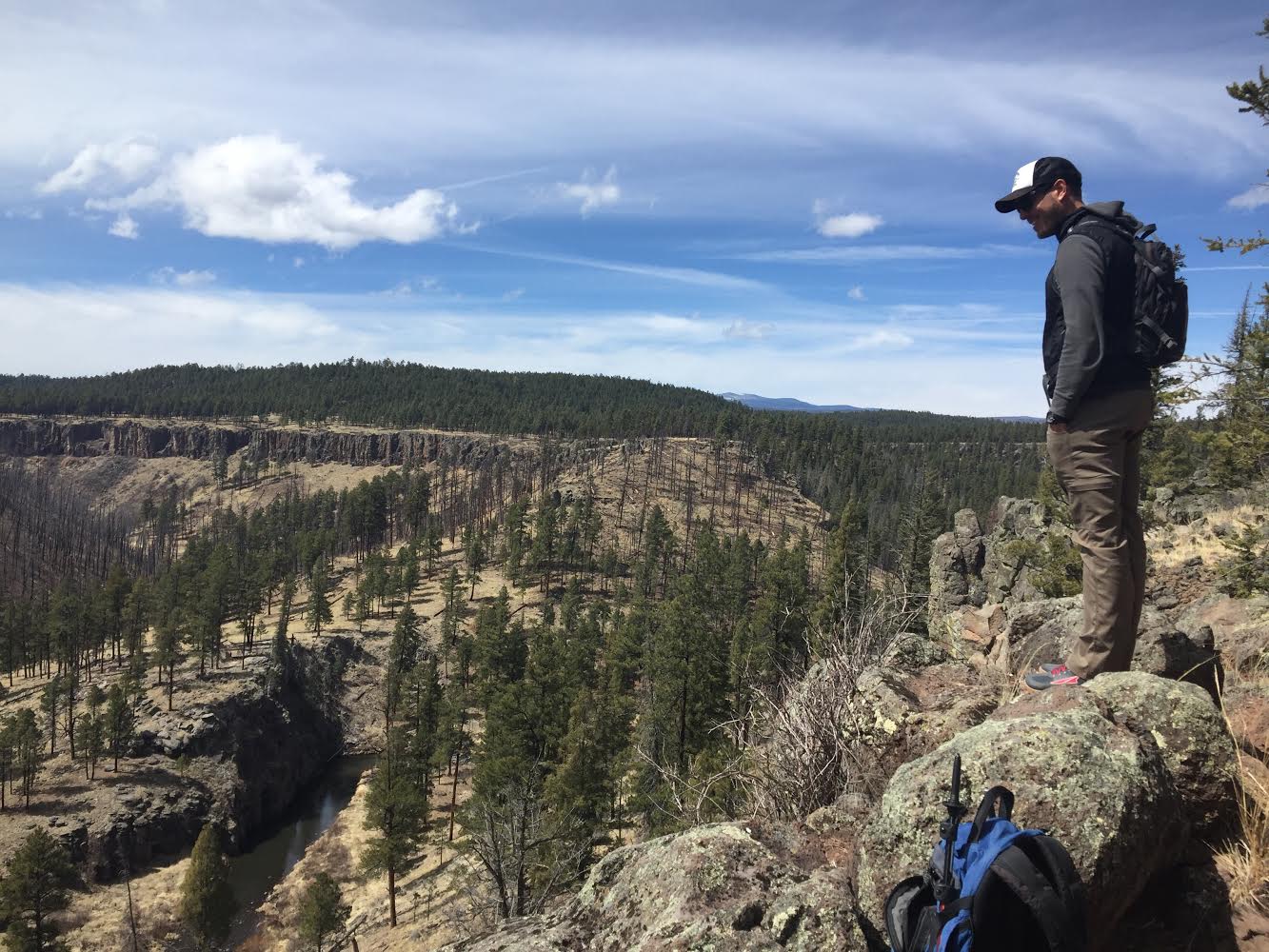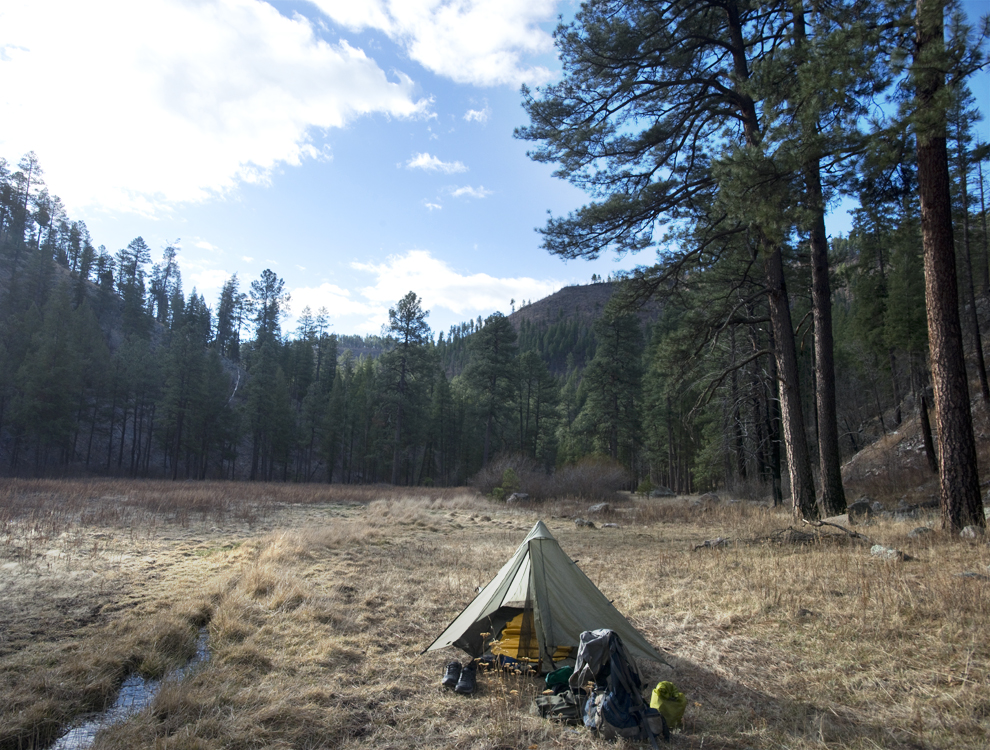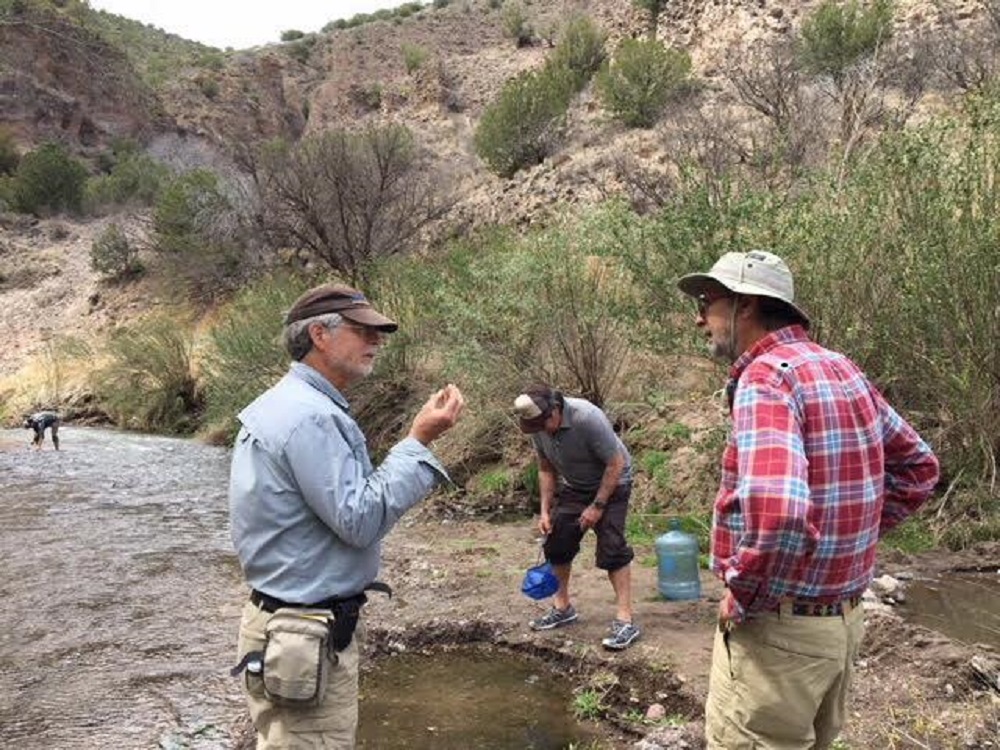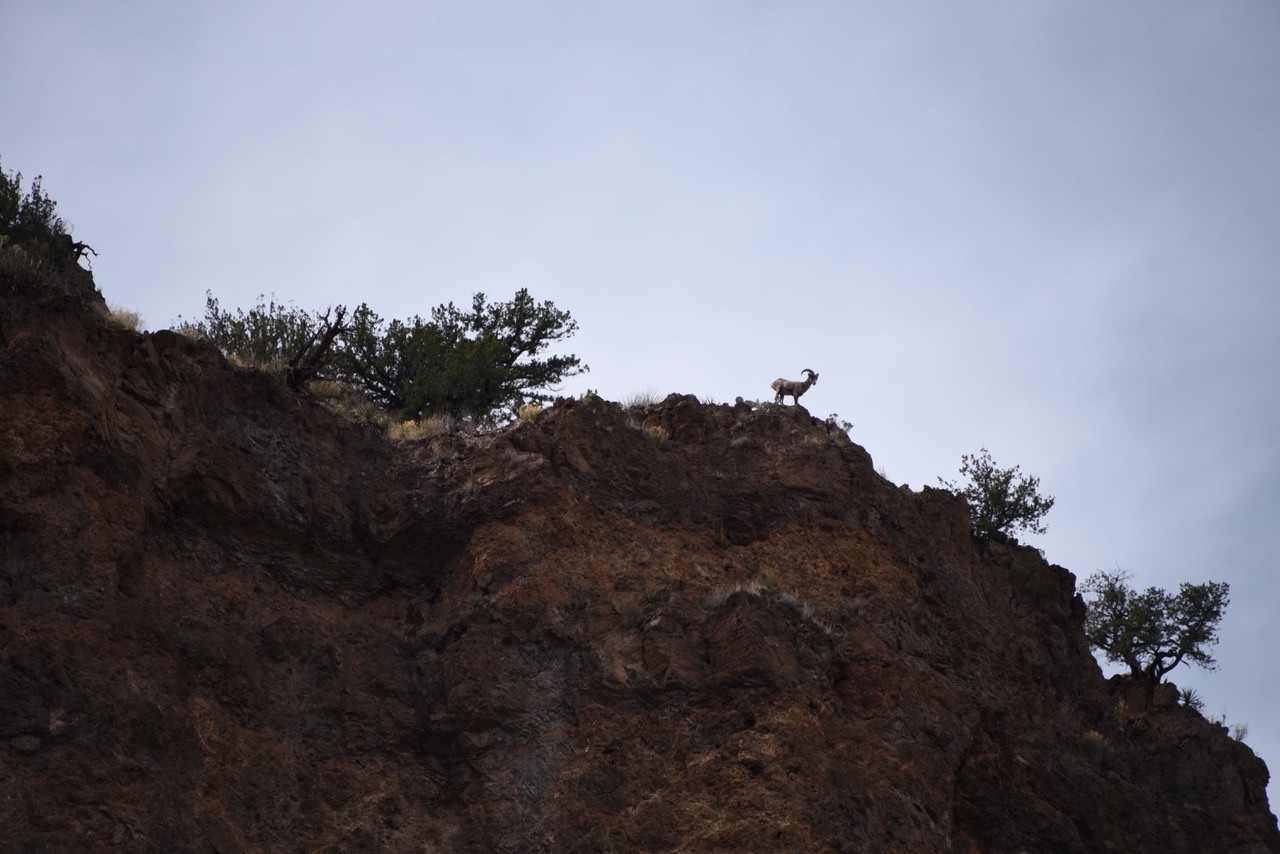A New Way of Seeing

In 1998, after 30 long years, the Mexican gray wolf was reintroduced to Arizona’s Blue Range Primitive Area. And nearly 20 years to the day, I stood on the rimrock of Aldo Leopold’s Green Fire site and put the final period on the latest RumbleX gathering with a timeless passage from his classic A Sand County Almanac:
“We reached the old wolf in time to watch a fierce green fire dying in her eyes. I realized then, and have known ever since, that there was something new to me in those eyes—something known only to her and to the mountain. I was young then, and full of trigger-itch; I thought that because fewer wolves meant more deer, that no wolves would mean hunters’ paradise. But after seeing the green fire die, I sensed that neither the wolf nor the mountain agreed with such a view.”

From the moment Leopold fired that shot in the 1920s to the 1940s when he penned what stands as one of the cornerstones of modern conservation, science, policy and ethics, his thinking shifted. And nearly a century later, as the wind carried those words away from my mouth down to the Black River below, the deep connection I’ve long had with the natural world strengthened.
Just as so much good comes out of adventure and experiences in the wild, RumbleX was born from a 2013 trek connecting Mexico to Canada in which John Davis—longtime conservationist and friend of Kahtoola owner, Danny Giovale—raised awareness for the protection of wildlife corridors. In the years that followed, John and Danny among others assembled and trekked the paths of animals through wildways in the Southwest. They called it PaseoWild, and when completed they would camp out with conservation friends who came out to celebrate and participate. For Danny, one of those treks, which followed the path of a collared female mountain lion across a section of the Grand Canyon, transformed one of many Canyon adventures for him into a new way of seeing—one he wanted to share. As a result, Conservation in Motion and RumbleX were born, a rendezvous that partners athlete and conservation communities to interact with and witness wildlife corridors through the eyes of animals. And in the fall of 2016, the first RumbleX took place on the Grand Canyon’s North Rim.


This spring, as the sun’s final rays and a cool breeze chimed through nearby cottonwoods, a familiar, vocal community of respected conservationists (this go-round light on athletes) communed at the Blue Range Wilderness Retreat for the RumbleX: Spring Break. Completely surrounded by national forest, a small group that included Don Hoffman, Kim Crumbo, Dr. Larry Stevens, Dave Parsons, Nathan Newcomer, Susan Morgan, John Miles and John Davis celebrated the anniversary of the recovery of the Mexican gray wolf in the Southwest; took part in a day-long, rapid-fire assessment of all things ecological along the San Francisco River; and discussed plans for the proposal of a new wildlife corridor as well as new wilderness areas and wild and scenic rivers on New Mexico and Arizona lands.
For me, it was a chance to sit back and soak in decades of knowledge from people whose combined experience transcends both my time on this earth as well as time logged exploring and recreating the outdoors. Overall, it was an opportunity for everyone to recognize and push for progress in not only protecting these vastly unique public lands, but also the diverse wildlife corridors that exist on them.
Amid a whirlwind weekend of great info, the thing that stuck with me the most is the same thing that always sticks with me: place. Having never experienced the Gila Wilderness and Blue Range, the power and beauty that each hold reminded me why I love the outdoors and why these lands need protecting. The other takeaway is something Dr. Larry Stevens, Director of the Museum of Northern Arizona’s new Springs Stewardship Institute and Senior Ecologist for Grand Canyon Wildlands Council, said on our day-trip back from the San Francisco River: that the Mogollon Rim is a mega ecotone (where two biologic communities meet and integrate), the largest anywhere in the country. I’ve witnessed it firsthand on the ground as well as from the sky above, and never had I considered its immensity in that way—another landmark of the Southwest that, like its many geologic formations, has shaped the way I view the world around me.



On the last day, on our way to the Green Fire site, traversing the beautiful Red Hill Road through the Blue Range, Tom Hollender, Environmental Consultant for the White Mountain Conservation League, asked me how we appeal to a new generation of conservationists. Immediately, I thought about something Kim Crumbo, Western Conservation Director for Wildlands Network, said at the beginning of the weekend: “The warrior biologists are dying.” What he meant is that young biologists are laden with debt and so remain in wildlife jobs without focus instead of putting their efforts to the question of saving nature. But where does the push to be part of the solution start? Technology clearly plays a part as young generations are more informed than ever. However, to answer Tom’s question, my response was making a connection with the outdoors and creating awareness of these issues at an early age.
But no matter one’s age, conservation begins with a respect for the land and the wildlife that inhabits it. With the Grand Canyon in my backyard I regularly consider a famous 1908 quote by Teddy Roosevelt where he warned against marring the “wonderful grandeur, the sublimity, the great loneliness and beauty of the Canyon. Leave it as it is. You cannot improve on it. The ages have been at work on it, and man can only mar it.” It is this thinking that should extend across the board in protecting public lands.

In 2018, the reality of these issues has started to wake some people up. Still, the cause remains largely unchanged. As the predominant species on the planet we mistakenly think we know everything. But we don’t. The natural world is hard-wired to be so much smarter and endure far more than humans, and the truth is that it doesn’t need people to thrive; but we absolutely need it to survive. And if left alone to be wild the natural world recovers and will always find a way to balance itself out. The only reason conservation efforts exist in the first place is because of the interference and pettiness of people. Where the majority consider themselves first, conservationists will always remain the minority because they don’t. Yet our work remains forever important.
At the end of the day we shouldn’t ever have to patch enough nature back together to have working ecosystems and to find a truly wild experience. Or to hear a wolf’s howl carry through the night.
View the new Wildland’s Network Mexican gray wolf recovery map and press release here.
